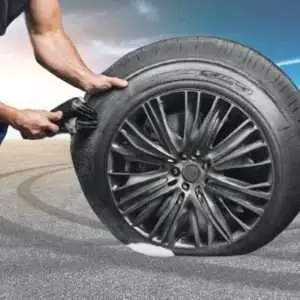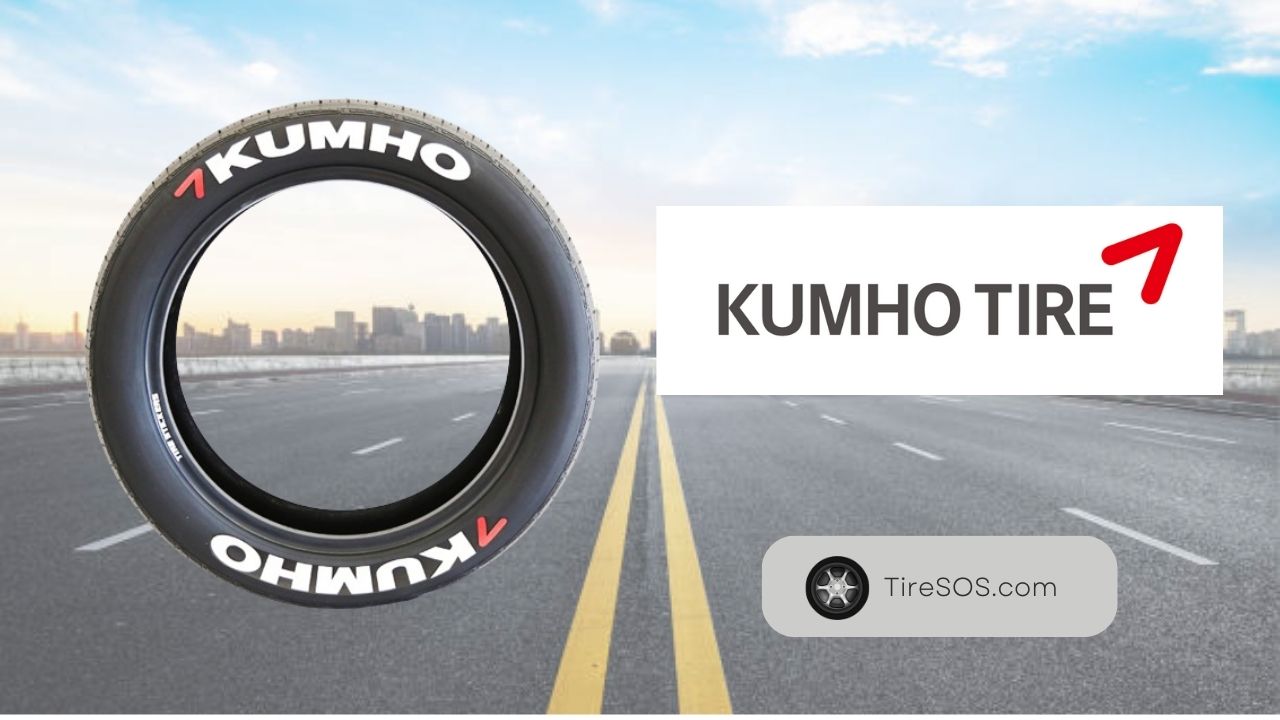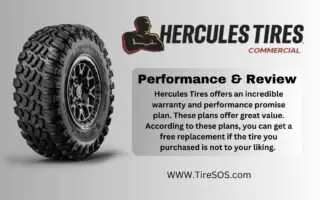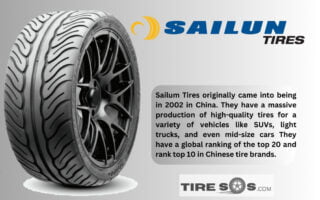Foam filled tires are a revolutionary solution to all your roadside problems. This revolutionary technology transforms an ordinary pneumatic tire into a puncture proof tire with immaculate roadside prowess. In this guide, we will take a deep look at how flat proof foam filled tires work, what their benefits are, and tire flaws.
How Foam Filled Tires Work
Foam filled tires are a relatively new technology. This technology has been developed for over 50 years, so it has been around for a while. Inject a liquid polyurethane solution into foam-packed tires. Inject this liquid into pneumatic tires to fill the rim and restore air. After around 48 hours, this liquid freezes into an Elastoplast, creating a permanent, spongy core. This spongy core completely eliminates the danger of flat tires.
Differences between Foam Filled and Solid Rubber Tires
Since the early 1970s, the foam filling method has been in use, directly pumping two different polymers into the tire at a designated pressure. Even though foam filled tires appear to be the best option for on-road tires, solid rubber tires surpass foam-filled tires in the long run. Solid tires require zero maintenance or downtime. They cost significantly less than foam-filled tires, etc. Below, we will discuss the advantages and disadvantages of foam-filled tires.

Driving experience with the foam filled tires
Reduced Flat Risk: The biggest and most marketable quality of the foam-filled tires is that they eliminate the risk of getting a flat tire. Foam-filled tires provide you with a carefree ride.
Reduced Vibration: A foam-filled tire provides you with a quieter ride. Foam-filled tires dampen the road’s vibration. This is a very crucial benefit for industrial vehicles. The foam-filled tire provides the driver with comfort and reliability.
Weight: The liquid polyurethane foam contributes to the tire’s weight. This weight can impact the overall responsiveness of the tire. This added weight can lead to decreased acceleration, making the vehicles less fuel-efficient.
Boosted Noise: Foam-filled tires have no air cushioning, which means they tend to create more noise than their solid rubber counterparts. This noise can be a great cause of annoyance for some drivers, as it may sour the driving experience.
Rougher on the Road: The most prominent downside of the foam-filled tires is that they are rather rougher on the road. They tend to absorb less shock as compared to air.
Reduced supervision: Foam-filled tires require less maintenance than air-filled ones. The lack of air makes them flat-proof, eliminating the hassle of frequent checks and repairs.
Increased load capacity: Foam-filled tires tend to carry and handle heavier loads than air-filled tires.
Advantages and Disadvantages of Foam Filled Tires
Foam-filled tires contain liquid urethane, which completely replaces air. Because the tire is completely void of air, it cannot go flat. The urethane material is strong. Foam-filled tires carry their fair share of advantages and disadvantages.
[wptb id=1909]Comparison between foam filled tires and ordinary tires
Durability
Flat tires and punctures are common in pneumatic tires, which need to be fixed right away. Their lifespan can be increased with proper maintenance. Foam-filled tires are more resilient to damage and require less maintenance because they are durable and resistant to punctures.
Cost
Pneumatic tires are cheaper upfront but can add up in maintenance and repair costs. Foam-filled tires, initially more expensive due to materials and installation, offer long-term cost savings by eliminating frequent repairs and replacements.
Performance
Pneumatic tires provide a smoother ride by offering higher shock absorption because air is compressible. can be altered by changing the air pressure to suit various terrains. prone to leaks and punctures, needing upkeep and fixing.
Foam-filled tires, Since there isn’t any air to seep out, offer a puncture-proof option. Provide reliable performance on all types of terrain. Even though they might not absorb as much shock as pneumatic tires, solid rubber tires are still preferable.
Conclusion: Are foam filled tires worth buying?
Foam-filled tires are made with a liquid urethane component that maintains constant pressure throughout their life. They can be customized and reused after foam wears out. However, they are harsher on rims and bearings, heavier, and harder to maneuver, providing less bounce and requiring more weight than air-filled tires.



